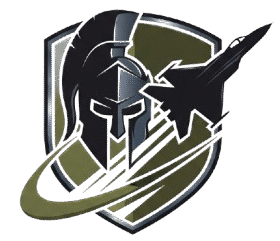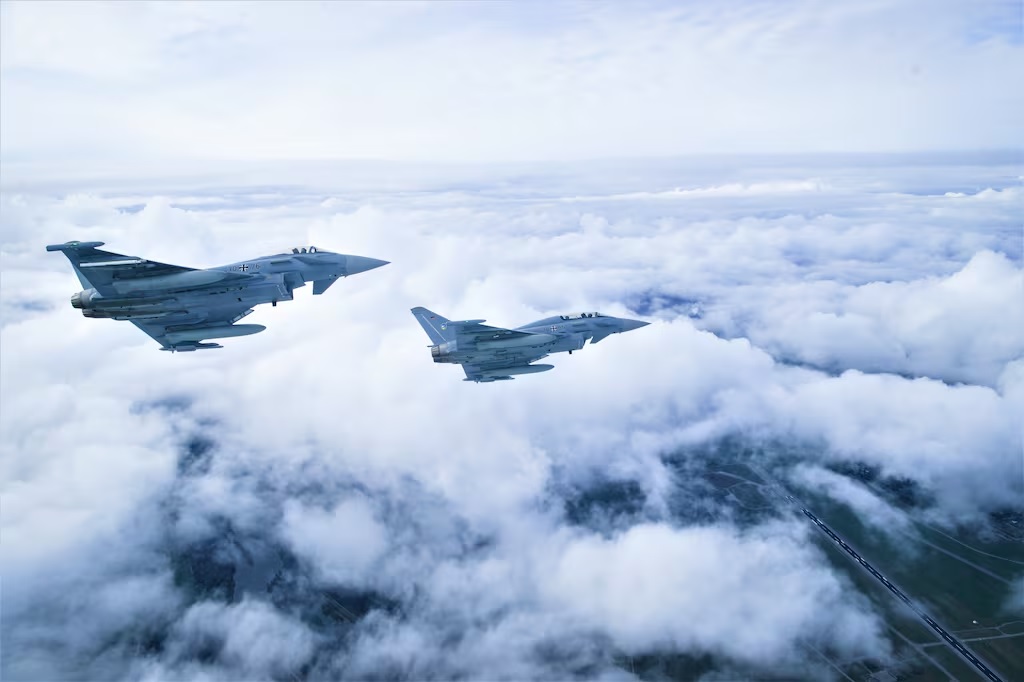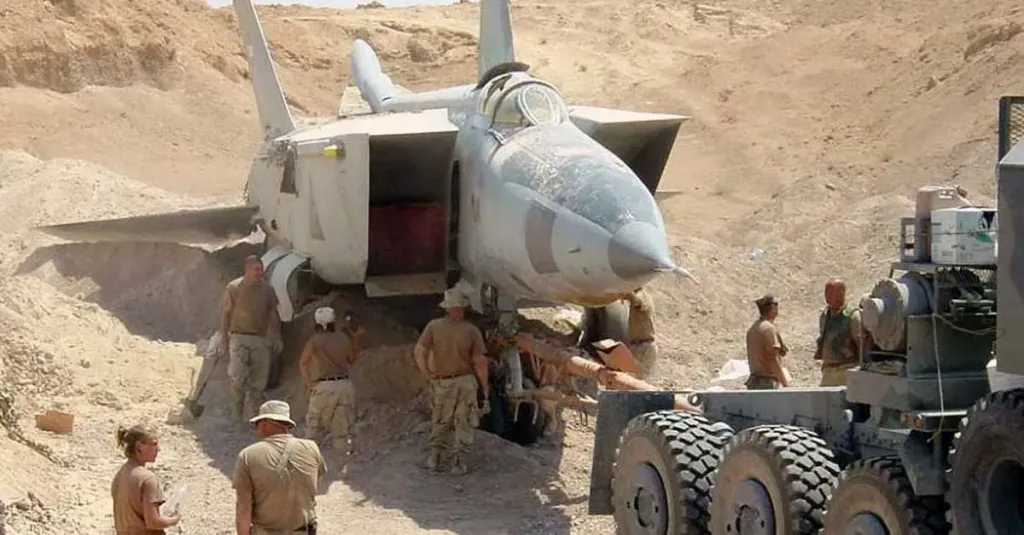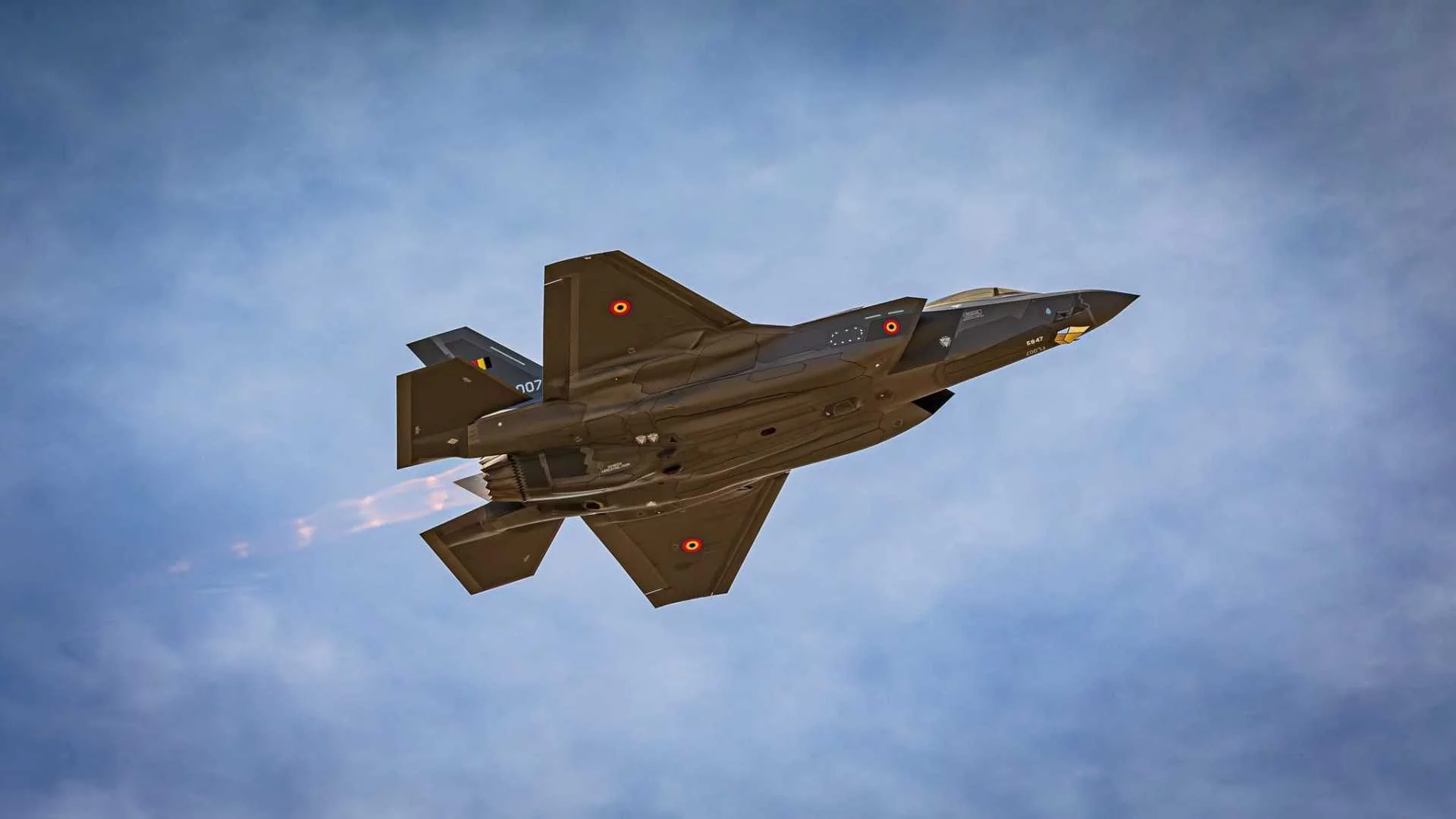On July 23, 2025, a pivotal moment in Turkey’s defense modernization unfolded in Paris as the United Kingdom and Turkey signed a memorandum of understanding (MoU) to advance the potential export of Eurofighter Typhoon jets, a multi-role fighter aircraft developed by a consortium of four European nations: the UK, Germany, Spain, and Italy. This agreement marks a significant step toward bolstering Turkey’s air force capabilities, strengthening NATO’s collective defense, and fostering industrial cooperation between the two nations. The MoU, signed by UK Defence Secretary John Healey and Turkish Defence Minister Yaşar Güler, sets the stage for continued negotiations in the coming weeks, with Turkey reportedly seeking up to 40 Typhoon jets to modernize its aging fleet of F-16s. This deal, potentially worth over €4 billion, not only enhances Turkey’s military posture but also promises to sustain thousands of jobs in the UK’s defense sector, marking a milestone as the first Eurofighter export order secured by the UK since 2017.
Turkey’s pursuit of the Eurofighter Typhoon has been a strategic priority since 2023, driven by the need to replace its outdated F-16 fleet, which forms the backbone of the Turkish Air Force. The country’s exclusion from the U.S.-led F-35 program in 2019, following its acquisition of Russian S-400 air-defense systems, left a critical gap in its fifth-generation fighter capabilities. While Turkey is developing its indigenous fifth-generation KAAN stealth fighter, the program remains in the prototype phase, with operational deployment likely years away. The Eurofighter Typhoon, a proven 4.5-generation multi-role fighter, offers an immediate solution to bridge this gap, providing advanced air-to-air and air-to-ground capabilities. The MoU signifies progress after reported delays due to Germany’s initial reluctance to grant an export license, a hurdle now seemingly overcome through diplomatic efforts within the Eurofighter consortium.
UK Defence Secretary John Healey hailed the agreement as a “big step” toward equipping Turkey with Typhoon jets, emphasizing its dual benefits for NATO’s security and bilateral industrial ties. “Equipping Turkey with Typhoons would strengthen NATO’s collective defense and boost both our countries’ industrial bases,” Healey stated. The deal aligns with the UK’s broader defense strategy, supporting approximately 20,000 jobs tied to the Eurofighter program and reinforcing its role as a leader in European aerospace. For Turkey, the acquisition would enhance interoperability with NATO allies, many of whom operate the Typhoon, and provide a competitive edge in a region marked by tensions with rivals like Greece, which fields French Rafale jets and has ordered F-35s.
The Eurofighter Typhoon, built by a consortium led by BAE Systems (UK), Airbus (Germany and Spain), and Leonardo (Italy), is a twin-engine, agile fighter designed for air superiority, precision strikes, and reconnaissance. With a maximum speed of Mach 2, a combat radius of over 1,850 kilometers, and advanced avionics like the Captor-E radar, the Typhoon is equipped with long-range Meteor missiles, offering a beyond-visual-range advantage. Its versatility makes it a formidable platform for Turkey, particularly in countering Greece’s Rafale jets, which outmatch Turkey’s F-16s in long-range engagements. The proposed deal includes support equipment, training, and maintenance, essential for Turkey as a new operator, potentially pushing the contract value beyond €4 billion, based on Spain’s 2022 order of 20 Typhoons for €2.04 billion (€102 million per aircraft).
Under the Eurofighter work-share agreement, 37% of each aircraft’s production occurs in the UK, with final assembly at BAE Systems’ Warton facility in England, radar production in Edinburgh, and engines from Bristol. The remaining components are manufactured by Germany, Spain, and Italy, ensuring a collaborative industrial effort. BAE Systems issued a statement on July 23, affirming its commitment to work with both governments to finalize the procurement and associated supplies. This deal would not only sustain the UK’s aerospace sector but also foster reciprocal industrial benefits for Turkey, potentially integrating its defense firms into the Eurofighter supply chain. Such collaboration aligns with Turkey’s push to bolster its domestic defense industry, as seen in the KAAN program and partnerships with firms like Turkish Aerospace Industries (TAI).
Turkey’s air force currently operates around 240 F-16s, many of which are nearing the end of their service lives. The S-400 controversy, which led to U.S. sanctions under CAATSA, underscored the urgency of diversifying Turkey’s fighter fleet. The KAAN, while promising, faces technical and financial challenges, with estimates suggesting operational readiness may not occur until the 2030s. The Eurofighter offers a proven, NATO-compatible platform to maintain Turkey’s regional deterrence, particularly against Greece, which operates 24 Rafales and older F-16s and Mirage 2000s, with F-35s on order. The Typhoon’s advanced electronic warfare systems and multi-role capabilities would enhance Turkey’s ability to project power in the Aegean and Eastern Mediterranean, where tensions with Greece over maritime boundaries persist.
The MoU also reflects broader geopolitical dynamics. Turkey’s alignment with NATO has been strained by its Russian arms purchases and disputes with allies, yet its strategic position bridging Europe and Asia makes it a critical partner. The Typhoon deal strengthens NATO’s southern flank, enhancing interoperability among member states. The UK, with 159 Typhoons in service, is the largest operator, followed by Germany (141, with 40 on order), Italy (95, with 17 on order), and Spain (70, with 48 on order). Saudi Arabia, with 71 Typhoons, is the largest non-European operator, demonstrating the aircraft’s global appeal. For the UK, securing this export order—the first since Oman’s 2017 purchase—bolsters its defense industry amid post-Brexit economic challenges and competition from European rivals like France’s Dassault, which supplies Greece’s Rafales.
The negotiations face challenges, including finalizing technical specifications, financing, and Germany’s export approval, given its history of caution regarding arms sales to Turkey. However, the MoU signals a thaw in consortium dynamics, likely facilitated by the UK’s diplomatic push and Turkey’s commitment to NATO objectives. Posts on X highlight Turkey’s strategic calculus, with some users noting the Typhoon’s role in countering Greece’s air superiority and others speculating on potential technology transfers to support the KAAN program. The deal could also pave the way for deeper UK-Turkey defense ties, including joint exercises and industrial partnerships, further integrating Turkey into NATO’s defense architecture.
Economically, the deal promises significant benefits. For the UK, sustaining 20,000 jobs in the Eurofighter program supports communities reliant on aerospace manufacturing. Turkey stands to gain through industrial offsets, potentially involving local production or maintenance contracts, aligning with its goal of reducing dependence on foreign suppliers. The €4 billion-plus contract value, while substantial, is competitive compared to the F-35, which Turkey can no longer access. The Typhoon’s lower operating costs and established supply chain make it an attractive option for Turkey’s budget-conscious defense planning, especially as it balances investments in the KAAN and other indigenous programs.
The Eurofighter’s operational record enhances its appeal. Deployed in conflicts from Libya to Syria, the Typhoon has proven its reliability in air policing, ground attack, and reconnaissance missions. Its Captor-E radar and integration with advanced munitions like the Meteor and Storm Shadow missiles provide Turkey with a robust platform to address regional threats, including potential conflicts in the Middle East and Black Sea. The aircraft’s NATO interoperability ensures seamless integration with allied forces, critical for joint operations in contested regions like the Eastern Mediterranean.
As negotiations progress, the focus will shift to delivery timelines, training programs, and infrastructure requirements. Turkey’s lack of prior Typhoon experience necessitates significant investment in pilot training, maintenance facilities, and logistics, likely supported by BAE Systems and the consortium. The deal’s success hinges on aligning the interests of all four consortium nations, particularly Germany, which has historically scrutinized Turkey’s human rights record and regional policies. However, the strategic imperative of strengthening NATO’s southeastern flank, coupled with economic incentives, may override these concerns.
The Turkey-UK MoU represents a convergence of military, industrial, and geopolitical interests. For Turkey, the Eurofighter Typhoon offers a path to modernize its air force, enhance deterrence, and deepen NATO ties. For the UK, it secures a vital export market, sustains its defense industry, and reinforces its leadership in European aerospace. As talks advance, the deal could reshape regional power dynamics, bolster NATO’s collective defense, and set a precedent for future Eurofighter exports, solidifying the Typhoon’s role as a cornerstone of 21st-century air power.




